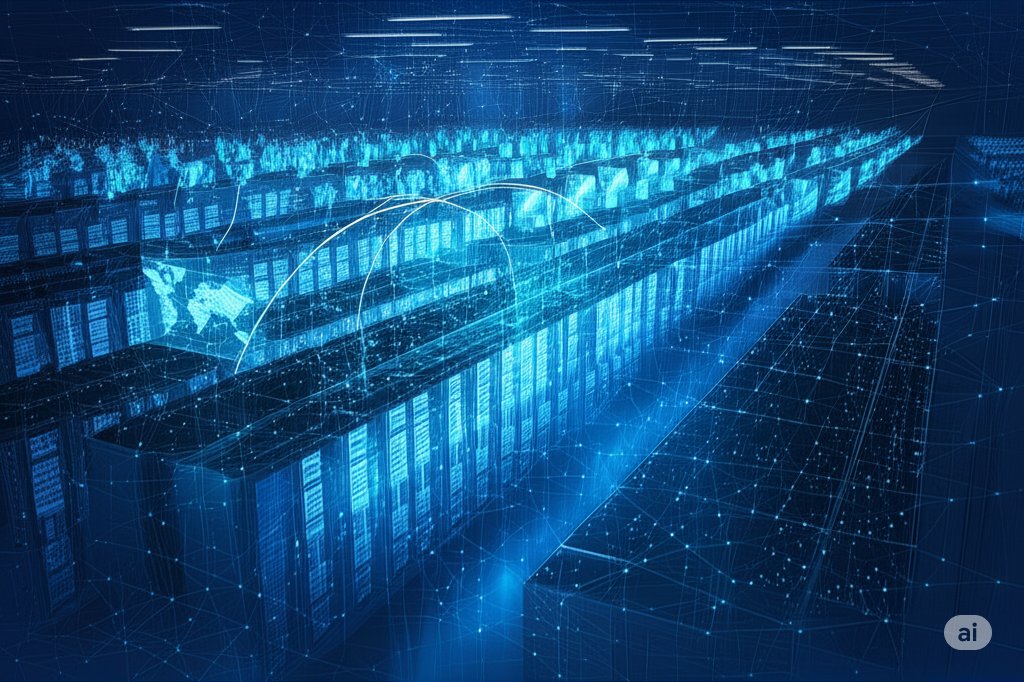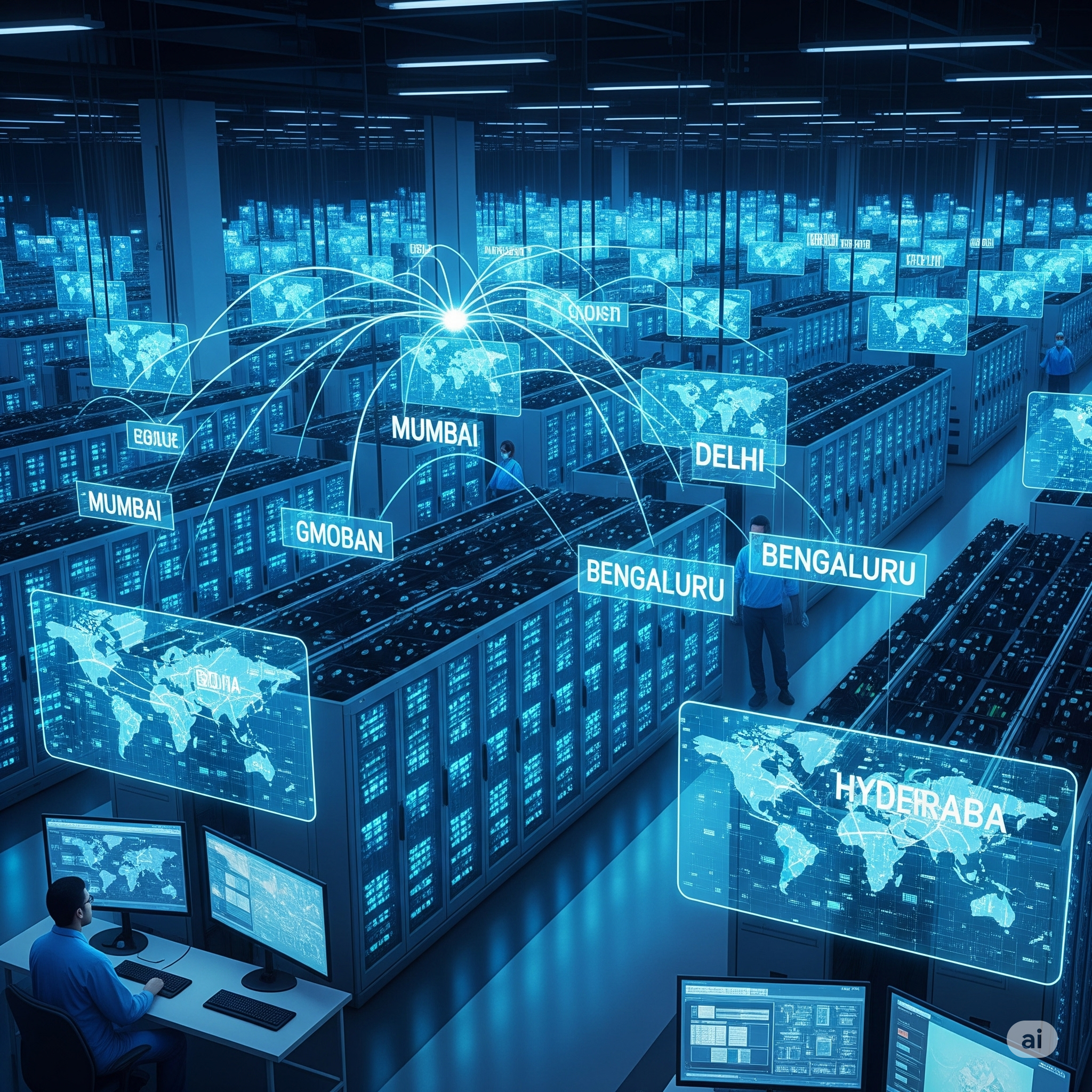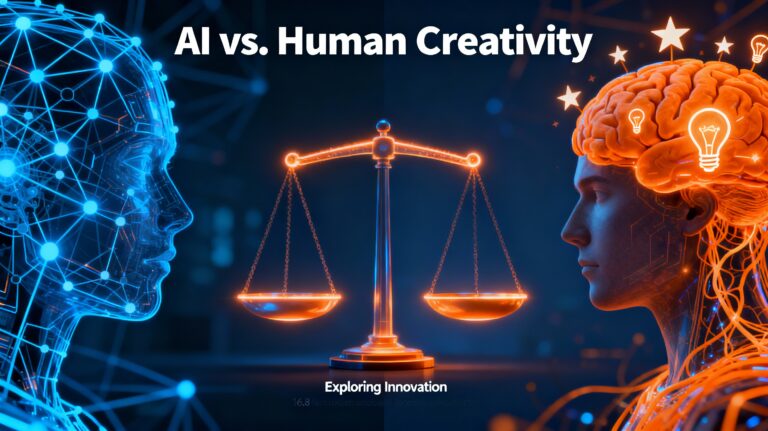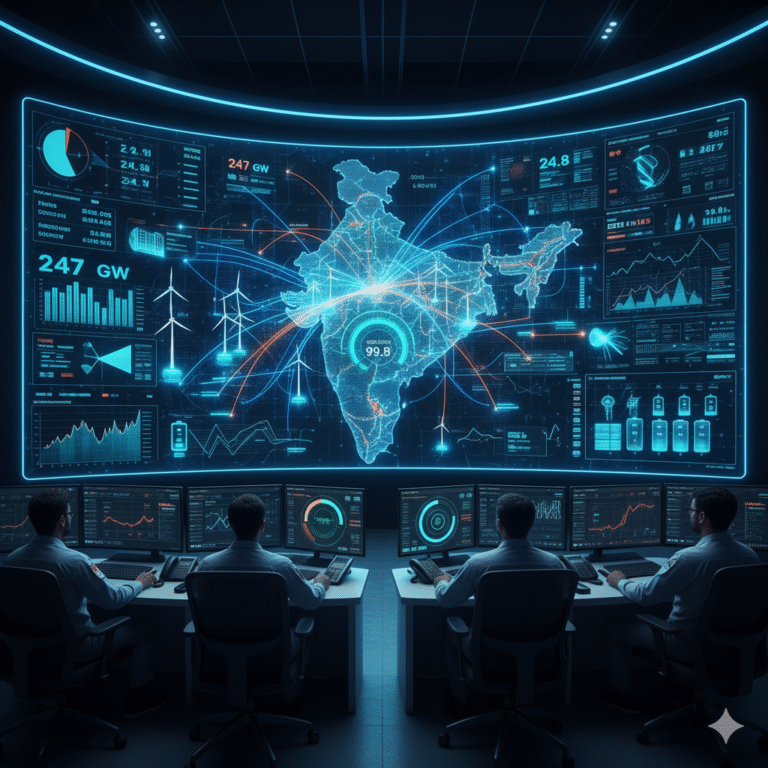In just a few short years, India has transformed from AI aspirant to a global leader in artificial intelligence infrastructure. With the IndiaAI Mission at its helm, the country now boasts one of the largest public AI computing systems worldwide—empowering startups, researchers, students, and businesses alike. What began as an ambitious aim to deploy 10,000 high-end GPUs has now overshot expectations, with more than 34,000 top-tier GPUs operating across a network of cloud providers. This remarkable feat is democratizing AI, accelerating innovation, and shaping the future of technology both in India and across the globe.
A New Era: The Rise of Public AI Infrastructure
For decades, access to advanced computing was a privilege limited to a few global giants. Developing nations, startups, and educational institutes often lagged behind, held back by cost and limited infrastructure. The IndiaAI Mission disrupts this paradigm.
What Is The IndiaAI Public Computing Initiative?
- Nationwide Network: Provides affordable, on-demand access to state-of-the-art GPU clusters.
- Multi-provider Distribution: GPUs are distributed across public and private clouds, ensuring redundancy, performance, and accessibility.
- Intentionally Inclusive: Prioritizes India’s homegrown AI models, research communities, and small companies, leveling the playing field with tech behemoths.
Scope and Growth
- Initial Target (2023): ~10,000 GPUs
- Current Deployment (2025): Over 34,000 high-end AI GPUs
- Providers: Deployed with Amazon Web Services (AWS), Microsoft Azure, Google Cloud, Yotta, HPE, and several Indian cloud platforms.
- Global Rank: Among the top three largest public AI compute pools worldwide.
Why Is This Such a Big Deal?
The GPU Revolution

Graphics Processing Units (GPUs) are the backbone of modern AI, enabling rapid training and deployment of deep learning models for applications ranging from language models and computer vision to health diagnostics and autonomous vehicles. High-end GPUs are expensive (~$10,000–$30,000+ per unit) and demand elite technical infrastructure; until now, only the richest labs could afford such hardware at scale.
Democratizing Artificial Intelligence
India’s public AI infrastructure offers:
- Affordability: Pay-as-you-go pricing makes world-class compute accessible to students, startups, universities, and small enterprises.
- Local Innovation: Enables Indian researchers to develop, train, and fine-tune large-scale language models (LLMs), speech synthesis, computer vision, and more on indigenous languages and datasets.
- Accelerated Startups: Levels the playing field for Indian AI startups, who can now access resources previously reserved for global giants.
- Skill Development: Millions of students and engineers across India gain hands-on experience with world-class AI compute, fostering the next generation of AI talent.
Real-World Impact
1. Indigenous AI Models
- India’s first billion-parameter language models for Hindi, Tamil, Bengali, and more.
- State-of-the-art speech-to-text and vision models, optimized for Indian context (accents, scripts, and environments).
2. Research Boom
- Publications, open-source model releases, and patents from Indian universities are on the rise.
- Joint research with healthcare, agriculture, and education sectors to solve real-world Indian challenges.
3. Startup Ecosystem
- Surge in health tech, fintech, agritech, and edtech startups utilizing heavy AI compute in their solutions.
- Reduced time-to-market for new AI applications.
4. Global Talent Magnet
- India is increasingly seen by global companies as a destination for AI R&D, driving investment and collaboration.
The Infrastructure: How It Works
- Distributed Supercomputing: Clusters of interconnected GPUs are spread over multiple geographic locations, providing scalable, robust, and secure compute access.
- User-friendly API & Cloud Portals: One-click access for model training, deployment, and storage.
- Government & Industry Collaboration: Public-private partnerships ensure sustained funding, innovation, and standards compliance.
Challenges and the Way Forward
While the growth is breathtaking, key obstacles must be addressed:
- Energy Usage: High-powered GPUs draw significant electricity; a sustainable approach is essential.
- Regional Access: Ensuring rural and tier-2/3 cities can benefit equally from these resources.
- Cybersecurity: Large-scale compute systems are attractive targets for cyber threats.
The government continues to:
- Invest in green AI (renewables-powered data centers).
- Expand outreach and training beyond metros.
- Build advanced AI monitoring, auditing, and privacy systems.
Conclusion: India’s Bold Step Toward an AI-Powered Future
India’s meteoric rise to the top echelons of AI compute signals more than just increased capacity—it represents a new era of self-sufficiency, global competitiveness, and grassroots innovation. By democratizing access to advanced GPUs and supporting public innovation, the IndiaAI Mission is empowering researchers, companies, and students to tackle real-world challenges, develop homegrown technology, and contribute to the global AI revolution.
This approach ensures that artificial intelligence is not just the domain of a select few but a collective resource to solve India’s—and the world’s—biggest problems. As India scales its infrastructure further, its progress presents a blueprint for nations seeking the fastest track to AI leadership, inclusion, and impact.









+ There are no comments
Add yours